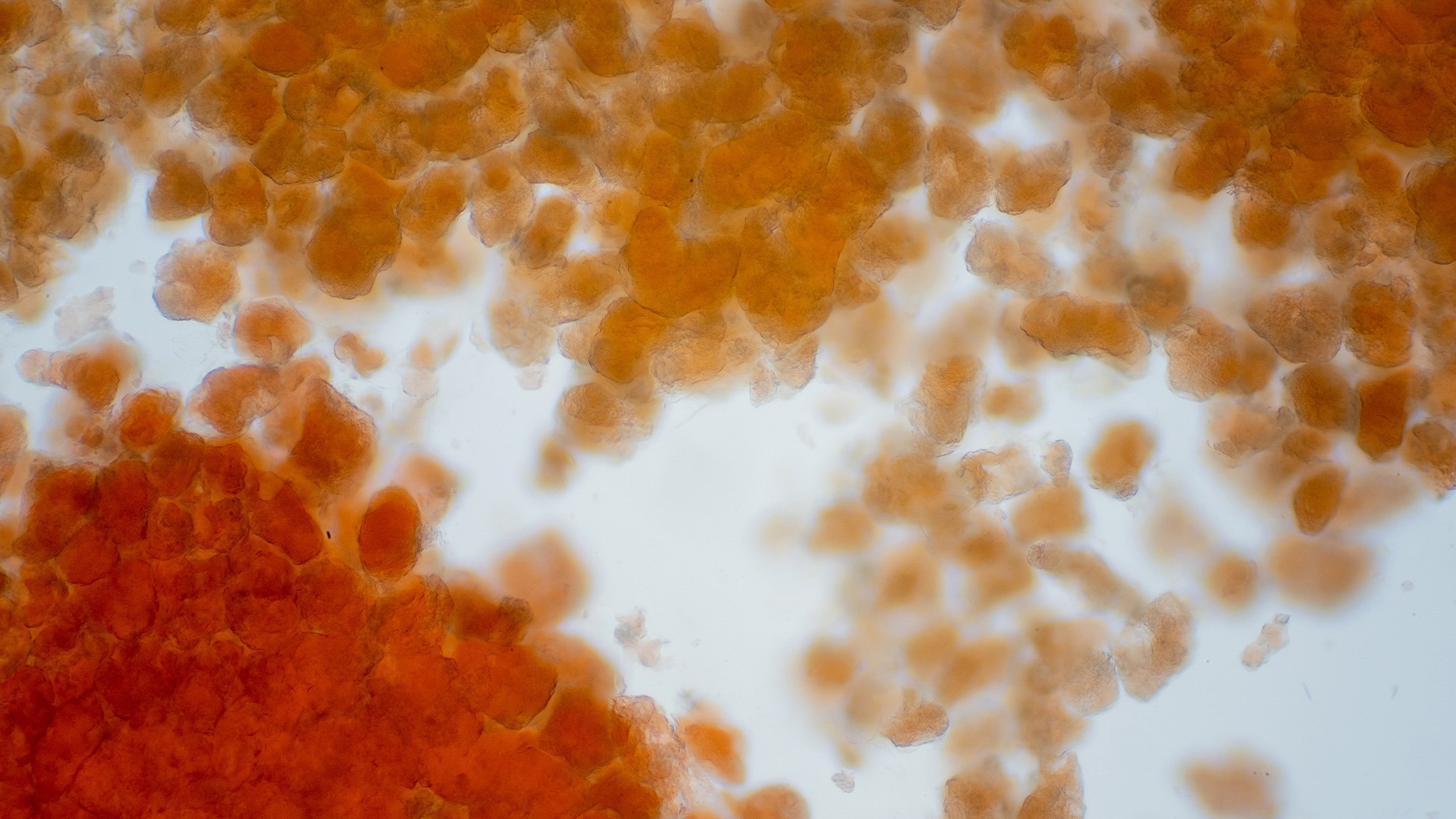Novel study sheds light on fat cell types
In a recent Human Protein Atlas (HPA) project, SciLifeLab researchers (KI, UU, KUH, KTH) have, together with Norwegian researchers, profiled the defining characteristics of different human cell types present in several types of fat. The new fat-cell profile could facilitate our understanding of metabolic disease development and biomarker discovery.
Adipose tissue acts as an energy source, provides insulation, and helps to regulate metabolism. Most fat in adults is either visceral fat, located deep in the body around internal organs, or subcutaneous fat, located under the skin. Excess visceral, but not subcutaneous, fat is linked to diseases like diabetes and cardiovascular disease.
“Here, we show which proteins are specifically expressed in the different cell types found in fat, and how these vary between the types of fat, and in males and females. This information can help us understand the role of fat in health and disease”, says SciLifeLab researcher and last author Lynn Butler (KTH).
According to her, it is possible to predict which proteins will be expressed by a certain cell, by measuring the protein transcripts found inside it.
Fat contains many different cell types, and the main functional one, the adipocyte, is difficult to analyze due to its physical properties.
“This work is the first publication associated with our new body-wide, cell type-enrichment databank, that is featured in a new section (Tissue Cell Type) in the Human Protein Atlas”, says Lynn Butler.
The Human Protein Atlas program is a multinational research project and a SciLifeLab Research Community Program. It has already contributed to several thousands of publications in the field of human biology and disease, and it is selected by the organization ELIXIR (www.elixir-europe.org) as a European core resource due to its fundamental importance for a wider life science community. The Human Protein Atlas consortium is mainly funded by the Knut and Alice Wallenberg Foundation, and part of its infrastructure is hosted by SciLifeLab.
The researchers used existing data where all transcripts in fat have been measured through bulk RNA sequencing. This data has limited usefulness when one is interested in individual cell types, as these samples contained all, mixed together.
“We used our own analysis method to process this data, to identify transcripts enriched in each cell type, including adipocytes. We could also compare cell-type profiles between different fat depots and males and females”, says Lynn Butler.
The next step
“We will use this dataset to select candidate proteins, that we identified as specifically expressed by adipocytes, as potential plasma markers for metabolic dysfunction. We are particularly interested in proteins associated with visceral fat, which is linked to cardiovascular disease development, high levels of which can be present in individuals of normal weight”, she finishes.
The study is published in Cell Reports.





